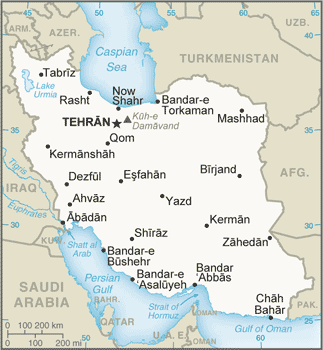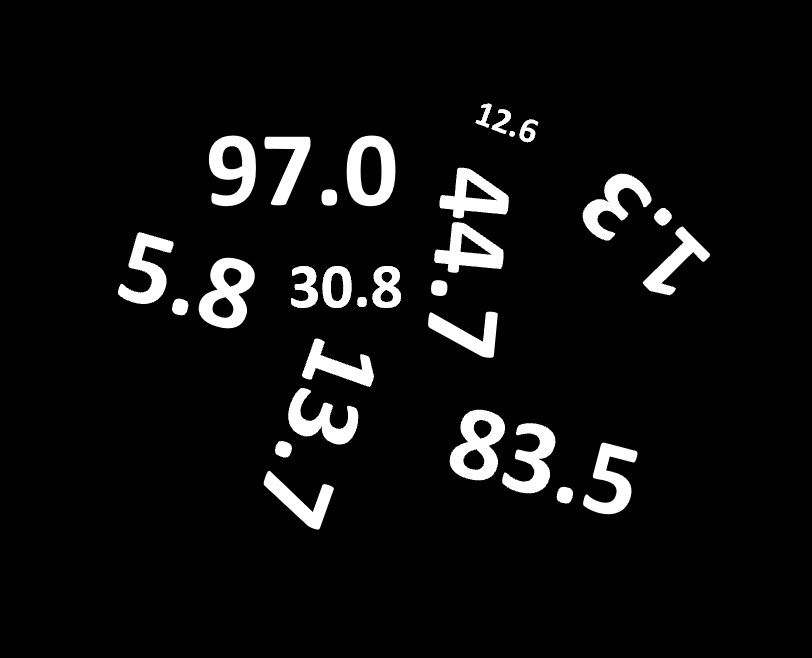THE OPEN
March beans: 6 3/4 lower
March meal: 2.30 lower
March soyoil: 13 lower
March corn: 2 1/4 lower
March wheat: 5 1/2 lower
The markets opened lower as called with more profit-taking based on technical considerations, and negative outside influences. November crush was lower than expected, which weighed on beans, while the USDA attache in Brazil estimated the soy crop at 123.5 mmt, which would be a record. Brazil also exported 3.439 mmt of beans in Dec., down from 5.157 mmt in Nov, and 4.070 mmt in Dec. 2018. Sell-stops were triggered throughout the morning as charts suggested that minor tops could be in place. Harvest is ongoing now in places where early planting took place in the major bean producing Brazilian state of Mato Grosso.
Rising geopolitical tensions between the US and Iran over the killing of the Iranian Gen. Qassem Soleimani spilled over into grains and soy, impacting bean trade mostly as the events were thought to be negative for China/US trade negotiations. Bean prices were impacted in that China does purchase a fair amount of Iranian crude.
SOY
- The soy complex opened as called but sell-stops were triggered as prices slid through key support points as funds returned as net sellers.
- A slightly defensive tone in the bean complex turned into a more serious correction after multiple areas of key support were violated.
- The commitment-of-trader's report tonight will probably show funds still net short, while open interest may show a mixture of old bulls taking profits with new shorts on board at recent highs.
- The high trade in March beans to $9.61 also brought more producer selling to the table as well.
- Funds added back to meal short positions as well, as prices slid back to major support and the lower end of the trading range, which was $300.00. Funds sold meal into commercial hands amid pricing activity.
- March soyoil futures broke through 35c, which triggered a move back towards the recent lows around 3438c and gap-fill at 3429c. However, in the big picture, the break in soyoil was much shallower than in beans, with a low of 3475c seeing some chart support.
- March beans triggered sell-stops as prices broke through $9.45, and back to the lowest end of recent price activity at $9.38.
- March/May beans were wider trading back out to 13 3/4c from 13c. March crush traded to 1.06c/bu while oilshare firmed to 36.4% on meal weakness.
GRAINS
- Grain prices were lower on the day, although corn held up fairly well as the other markets worked lower. Once again, March corn continued to trade a sideways path betwen $3.86 - $3.92, seeming only to be impacted by weaker markets elsewhere on the board.
- Funds may still elect to cover in a portion of their 75K estimated corn short position before the Jan. 10 report hits.
- Wheat had the larger losses, though Kansas City prices lost twice as much as Chicago with funds returning as sellers here again.
- Spreads were slightly wider with July /Dec corn trading out to 2 1/4c from 1/4c while March/May corn traded from 6c to 6 1/2c. The March wheat/corn spread traded from 1.69 3/4c down to 1.63 3/4c.
- Funds are probably an estimated net long in March wheat of 30K, which did not seem to make much of a difference heading into the noontime hour.
- Wheat spreads were wider with March/May trading out to 3 1/4c from 2 3/4c.
- The EIA report stated that ethanol production fell 17,000 barrels to 1.066 mln barrels/day, while inventories dropped by 435,000 barrels to 21.034 mln barrels. Production of ethanol remains higher now than last year, while inventories are roughly 2 mln barrels less.
AT MIDDAY THE MARKETS ARE AS FOLLOWS:
hi lo
March beans: 15 lower 9.57 9.37 1/2
March meal: 4.10 lower 306.30 300.30
March soyoil: 34 lower 3540 3475
March corn: 3 1/2 lower 3.92 3.87 1/2
March wheat: 6 1/2 lower 5.62 5.51 3/4
March canola: 1.50 lower 482.20 477.80
OUTSIDE MARKETS
The Dow is off 270 pts after an Iranian general was killed by US forces in Iraq. At midday, the stock market is recovering a bit, only down 190 pts with profit-taking in crude, which is trading in the middle of the range at $62.50/barrel.
CLOSING COMMENTS
Brazil weather looks good, with needed rains in southern Argentina. Australia headlines remain unprecedented in terms of a drought. Weather in the US is fairly normal, but soaking rains are traversing the southeast. That needs to dry out as we move into the new planting season. A rainy spring is forecast for 2020, but so far it is the southeast experiencing the burden. At this point, a broader rally would have to come from a weather problem in SA, and that is not happening.
Next big data is the Jan 10 WASDE report, and advertised ideas are that corn crops could be 60 mln bu smaller than in the Nov. report, and beans down only 15 mln bu, which would be pretty much a non-event. Dec 1 corn stocks are estimated at 11.6 bln bushels vs, 11.9 bln year ago, and could offer resistance over the market. Beans are expected at a little over 3.1 bln vs. 3.7 bln year ago, which could offer some support. Wheat Dec 1 stocks are expected to be 1.9 bbu vs. 2.0 bln year ago, so again a non-event. Winter wheat acres could be an estimated 30 mln acres vs. 31 ln last year.
Funds now long 47K contracts of wheat, short 78K corn, short 23K beans, short 26K meal and long 130K soyoil. The COT will tighten that up.
Today was a good start for the beginning of trading range activity but would note that key lower levels of support were not violated. Shorts may still want to look at pullbacks to get something covered in by the Jan 10 report.
For markets to turn sideways from higher, need to see prices close under $9.30 March beans, $3.83 March corn, $5.40 March wheat, and 3430c March soyoil. Would be surprised to see that happen, and for now would consider the geopolitical event a good catalyst for housecleaning for markets that needed it.
TAGS – Feed Grains, Soy & Oilseeds, Wheat, North America


 Large supplies and a strong dollar took their toll this week on corn and soybeans, but they still managed to outperform. Weather worries pushed wheat higher for a seventh straight session, and pork finally took a fall. There was high volume trading in corn today but without any strong fee...
Large supplies and a strong dollar took their toll this week on corn and soybeans, but they still managed to outperform. Weather worries pushed wheat higher for a seventh straight session, and pork finally took a fall. There was high volume trading in corn today but without any strong fee...
 The Market Brazil has been winning the soybean export war, and imported biodiesel feedstock threatens domestic crush margins, but Chicago trading this week appeared to shake off such concerns. July soybeans traded lower for the past three trading sessions but larger gains achieved at the beginn...
The Market Brazil has been winning the soybean export war, and imported biodiesel feedstock threatens domestic crush margins, but Chicago trading this week appeared to shake off such concerns. July soybeans traded lower for the past three trading sessions but larger gains achieved at the beginn...
 The Q1 2024 GDP was 1.6 percent, well below the pre-report consensus expectation of 2.4 percent, and down from 3.1 percent in Q1 2023 and 3.4 percent in Q4 2023. That rate was the slowest in almost two years, dating back to Q2 2022. Recall that in the 2 February Ag Perspectives report on...
The Q1 2024 GDP was 1.6 percent, well below the pre-report consensus expectation of 2.4 percent, and down from 3.1 percent in Q1 2023 and 3.4 percent in Q4 2023. That rate was the slowest in almost two years, dating back to Q2 2022. Recall that in the 2 February Ag Perspectives report on...